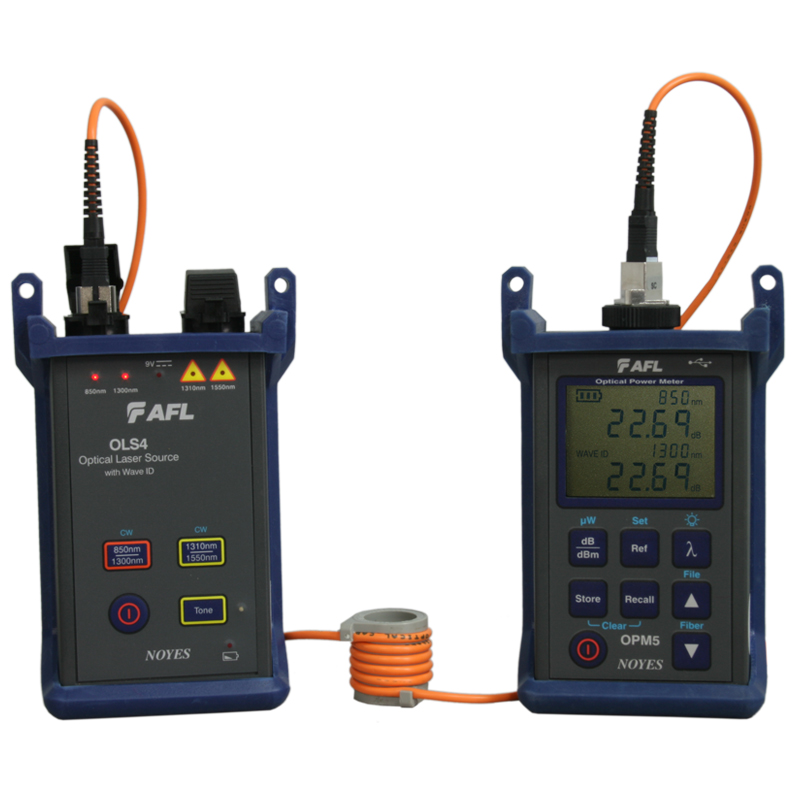Discovering the Advantages of Optical Fiber Evaluating for Improved Interaction Equipments
The value of optical fibre screening in modern communication systems can not be overemphasized, as it offers as a foundation for making sure network reliability and performance. This positive testing strategy has profound ramifications for signal top quality and operational efficiency, increasing the inquiry of how these methods add to lasting sustainability in an ever-evolving technological landscape.
Value of Optical Fiber Testing
The significance of optical fiber screening can not be overemphasized in today's data-driven environment. As organizations progressively count on high-speed information transmission for everyday operations, the stability and efficiency of optical fiber networks are vital. Testing makes certain that these networks can sustain the large amounts of data created and transferred flawlessly, fostering effective interaction and connectivity.
Optical fibre testing offers numerous vital functions, including confirming installment top quality, recognizing possible mistakes, and determining overall system performance. Normal screening can protect against pricey downtimes and solution disturbances, permitting companies to preserve operational continuity. Additionally, it helps in compliance with industry standards and regulations, making certain that fiber optic installments satisfy needed specifications for safety and integrity.
In addition, testing can enhance the long life of fiber optic systems. By proactively identifying issues such as signal loss, depletion, or port failings, companies can deal with troubles prior to they escalate, hence prolonging the life of their facilities. In recap, optical fiber screening is not simply a technological requirement yet a tactical investment that boosts network dependability, optimizes efficiency, and ultimately sustains the growth and performance of modern interaction systems.
Key Examining Approaches

OTDR is a crucial technique used to determine mistakes, action splice losses, and analyze the overall stability of a fiber optic web link. By sending a pulse of light down the fibre and examining the reflected light, technicians can pinpoint areas of mistakes and assess the network's efficiency over cross countries.
Insertion loss testing measures the amount of signal loss that happens when light travel through a connection or splice. This method is essential for validating that links fulfill specified loss thresholds, which is important for preserving ideal efficiency in interaction systems.
Optical return loss screening evaluates the quantity of light mirrored back in the direction of the resource because of flaws in the fiber or links. High return loss worths suggest much better performance and minimized signal deterioration.
With each other, these screening techniques supply a detailed evaluation of fibre optic networks, ensuring their integrity and capability in varied interaction applications.
Effect on System Performance
Efficient optical fibre testing straight affects the general performance of communication systems. By guaranteeing the integrity of fiber optic cords, testing identifies potential mistakes such as depletion, splice loss, and port misalignment. These issues can significantly weaken signal top quality, causing disruptions and decreased information transmission speeds.

Moreover, normal optical fibre screening contributes to lasting system sustainability. It enables very early detection of damage, enabling for prompt maintenance and upgrades prior to major failings occur. This not only lengthens the lifespan useful content of the facilities yet likewise makes certain that communication systems continue to be competitive in regards to efficiency.
Cost-Effectiveness and Efficiency
Cost-effectiveness is a critical consideration in the implementation and upkeep of optical fibre networks. Executing durable optical fiber testing procedures can substantially lower operational expenses by recognizing concerns prior to they intensify into significant issues. optical fibre diameter analyser. By detecting mistakes, attenuation, and various other efficiency obstacles early, companies can prevent costly repair services and downtime, which can interrupt solutions and bring about profits loss
Furthermore, effective testing methodologies simplify the setup process, allowing service technicians to work much more effectively. This converts to reduce labour prices and faster job completion times. Advanced screening equipment, such as Optical Time Domain Name Reflectometers internet (OTDRs), allows a precise analysis of fibre high quality, guaranteeing that just ideal products are used, therefore lessening waste.
Regular screening also adds to better source allotment. By recognizing the network's performance, companies can make informed choices about upgrades and growths, ensuring that financial investments are made where they are most needed. In recap, optical fiber screening boosts cost-effectiveness and effectiveness, supporting the long-term sustainability and competitiveness of interaction systems in a progressively requiring market.
Ensuring Long-Term Integrity
Executing extensive optical fiber testing not just enhances expense financial savings and operational effectiveness however also plays a critical duty in ensuring the long-term dependability of interaction networks. Consistent testing methods, consisting of depletion and bandwidth assessments, assistance identify possible degradation in fibre performance prior to it brings about service interruptions.
By utilizing sophisticated screening techniques, network drivers can pinpoint faults or weak points in the fibre facilities, permitting for prompt removal. This proactive approach reduces downtime, making sure that interaction systems stay practical and reliable. Routine testing contributes to the growth of an extra resistant network, as drivers can adapt and optimize their infrastructure based on real-time data understandings.
Additionally, guaranteeing compliance with sector criteria with optical fibre testing enhances the top quality and check it out stability of the entire communication system. This adherence not just boosts confidence among stakeholders yet additionally lines up with regulative requirements, which are increasingly rigorous.
Final Thought
In conclusion, optical fibre screening serves as an essential part in enhancing communication systems. By using various screening approaches, such as OTDR and insertion loss assessments, networks can accomplish optimum performance and dependability.